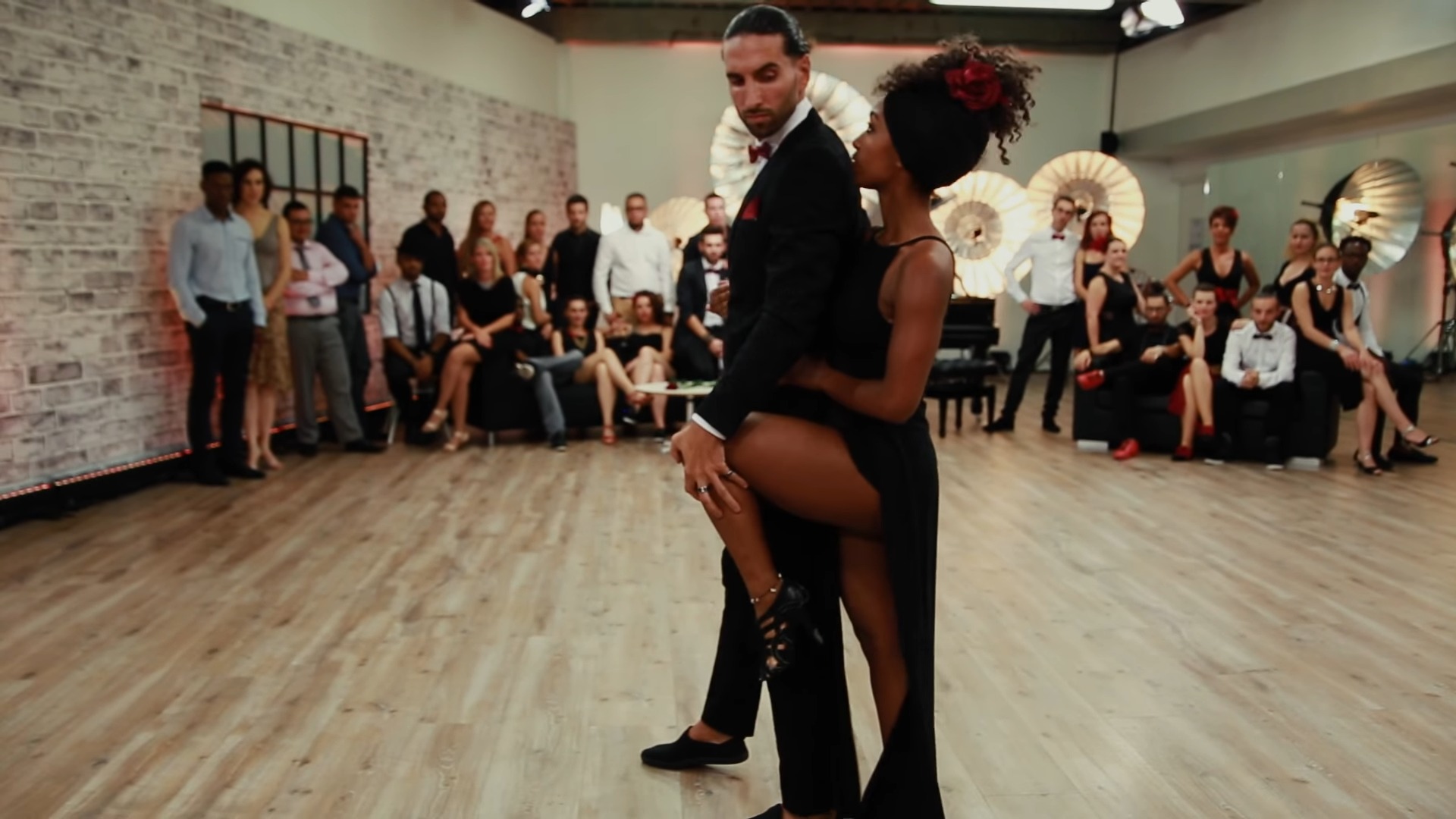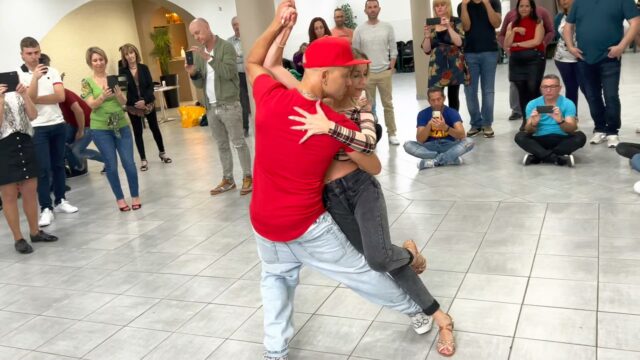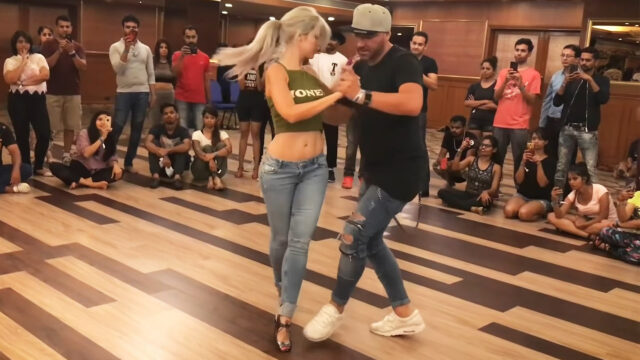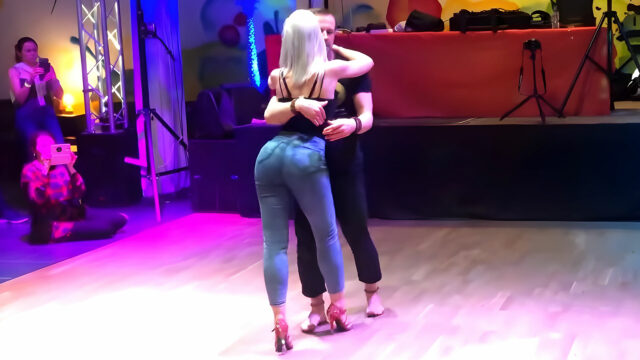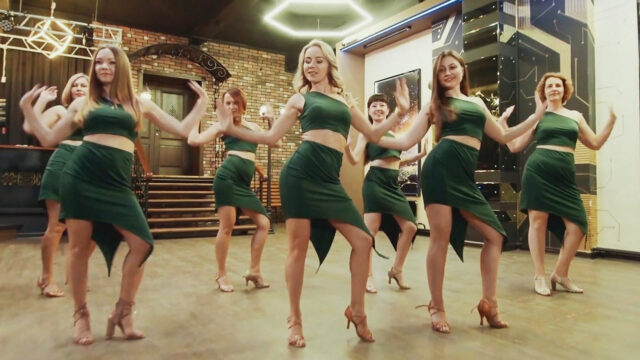The sway of hips, the click of heels, the connection of two bodies moving as one – dance is a universal language that transcends borders. And when distinct dance styles collide, new forms of expression emerge. Such is the case with Kizomba and Tango, two passionate dances from different continents and cultures that complement each other beautifully. Before we continue I strongly encourage you to check out the following video of the incredible duo Fred-Nelson and Cindy:
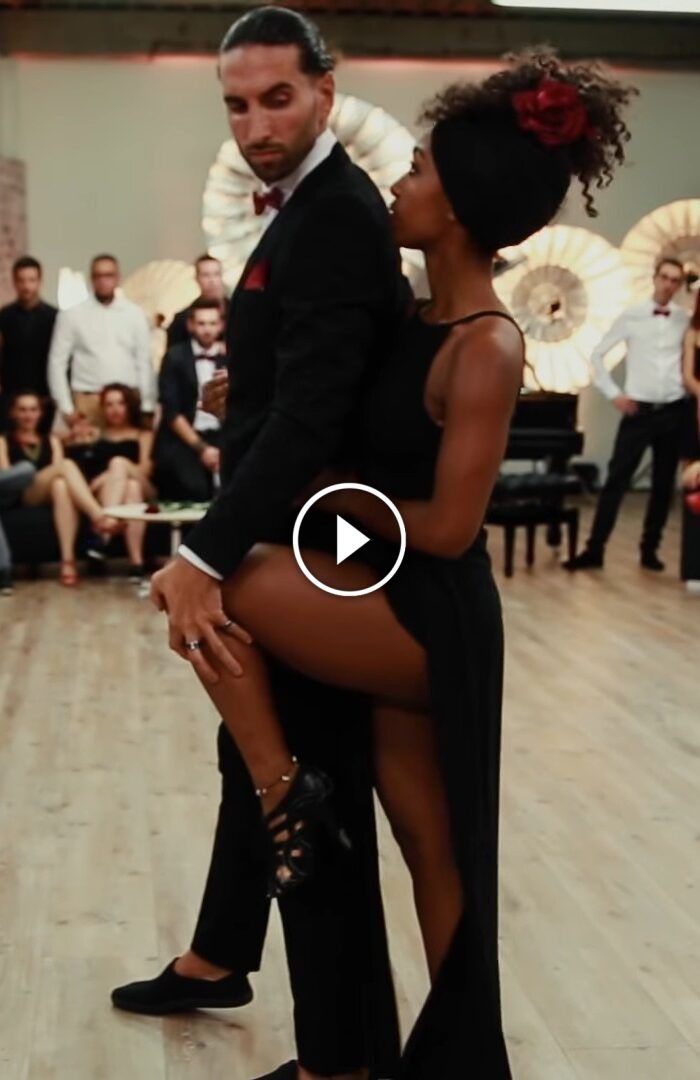
This dance couple based in France has mastered the blend of Kizomba and Tango in their choreography if you ask me. They transition seamlessly between the two styles. Their connection is palpable, even through the screen. Watching them dance will make want more as you witness the beautiful chemistry generated when distinct dance styles unite as one. They demonstrate so artfully how Kizomba and Tango can speak the same language.
- Kizomba Meets Tango: Ben & Ana’s Masterful Workshop Demo
- Sara Lopez & Ivo Vieira: Captivating Kizomba to African Woman
- How Difficult is Kizomba to Learn?
Kizomba originated in Angola, borne out of Semba, a traditional Angolan style. With African roots and a distinctly urban flavor, Kizomba’s slow, sensual movements exude smoothness. Dancing cheek to cheek with barely any space between, Kizomba partners share an intimate connection, their bodies conversing through subtle isolations and rhythmic hip action. Meanwhile, halfway across the world, Tango was developing in Argentina and Uruguay in the late 1800s. Known for its dramatic pauses, sharp kicks, and close embrace, Tango simmers with intensity and release.
At first glance, Kizomba’s soft fluidity and Tango’s pulsing urgency seem worlds apart. But blended together by daring dance innovators, these two styles generate incredible chemistry. The contrast highlights the uniqueness of each while seamlessly fusing them into a singular artistic vision.
It starts with the connection between partners. In Kizomba, chests press together as one leads by gently guiding the other’s hips and ribs. Tango relies more on an upper body hold, the leader’s hand firmly planted between the follower’s shoulder blades. Blending the two connections keeps the intimacy of Kizomba while adopting the grounded, directed movement of Tango.
The footwork also meshes beautifully. Kizomba’s steps ease side to side, caressing the floor. Tango’s feet strike with purpose, propagating movement through the legs and torso. Combined, floating Kizomba steps glide effortlessly out of sharp Tango kicks, creating a dynamic give and take.
The piece de resistance is the musical interpretation. Kizomba dances languidly through rhythms. Tango attacks the accents in tango hits. Dancing between the two genres means floating through smooth Kizomba then punctuating the pauses with Tango dynamics – a rollercoaster of push and pull.
Some traditionalists argue that combining distinct dance styles dilutes their origins. But blending Kizomba and Tango is not some mashup fad – it represents a dedication to the craft of partner dance. Mastering the techniques and signatures of these dances allows innovation from a place of reverence.
Partner dance is not stationary. It evolves as dancers connect with new communities, sounds, and movement styles. Kizomba and Tango may come from separate roots, but together they produce something extraordinary. The allure is not simply the choreography – it’s the communication between two bodies in motion. Dancing between genres reveals the poetry of partner dance.
So for those willing to listen, Kizomba and Tango have a conversation that transcends language and culture. Their poetic fusion gives dancers a new way to speak – through rhythms rippling across their spines, through the synchronized heartbeat of their embrace, through steps that wander and return with new perspective. The magic is not in the individual styles, but in celebrating the diversity of dance and the connections it inspires.
If you enjoyed our today’s video, you are more than welcome to share it with your friends and let them know what you think about it. Also, consider checking out our most recent posts and stay in touch. Cheers!
